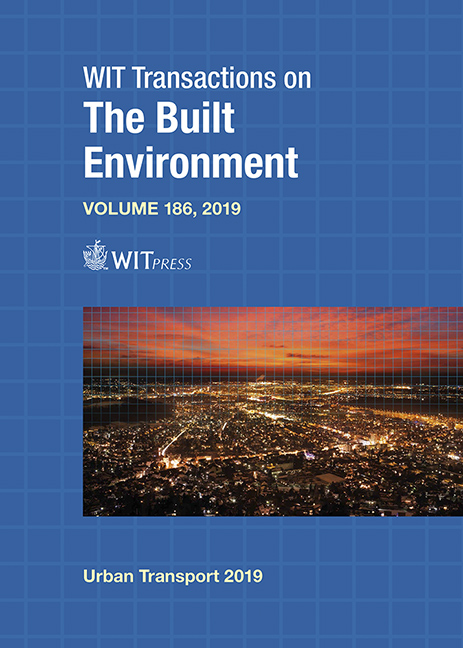TRANSPORT MODELING WITH A PURPOSE: HOW URBAN SYSTEMS DESIGN CAN BRIDGE THE GAPS BETWEEN MODELING, PLANNING, AND DESIGN
Price
Free (open access)
Transaction
Volume
186
Pages
12
Page Range
85 - 96
Published
2019
Size
695 kb
Paper DOI
10.2495/UT190081
Copyright
WIT Press
Author(s)
ROBERT B. BINDER, ZACHARY LANCASTER, MICHAEL TOBEY, PERAPHAN JITTRAPIROM, YOSHIKI YAMAGATA
Abstract
A new age of mobility is upon us, and the way we analyze our transportation network and future development projects must move into this new age. Large-scale changes to our transportation system are coming with the introduction of disruptive technologies and services like autonomous vehicles, electric vertical take-off and landing (eVTOL) air taxis, and Mobility-as-a-Service (MaaS) platforms. Transportation modeling has long been used as a tool to measure the impact, positively or negatively, of a proposed network change or new land development. Transportation modeling has become more complex as it has shifted from the traditional four-step model, but it is still used in new development traffic impact studies, activity-based models, and most recently, agent-based models like those of MATSim. This increased complexity has made way for more comprehensive measures of effectiveness that can be useful in planning and design. However, there tends to be a gap between design occurring, tool utilization, and actual implementation of new technologies and big data effectively into these proven modeling and simulation platforms. Among five specific issues in travel forecasting, modeling is used as a reactive tool instead of a proactive tool with the purpose of influencing design and planning. Urban Systems Design has the potential to fill these gaps in methodology, which are occurring together in the modeling, planning, and design professions. An example of these new methodologies is presented using the city of Urawa Misono in metropolitan Tokyo, Japan, as a case study. As technology becomes more enhanced, so shall our methodologies, as we attempt to enact system changes in a more complex way. The feedback loop of analysis and design within Urban Systems Design methodologies could produce greater outcomes for the transportation network, for new development, and increase both the mobility and accessibility for the users of our urban networks.
Keywords
transportation modeling, urban systems design, design, smart city, big data, MATSim, travel demand modeling, traffic impact analysis, planning support system, Tokyo





